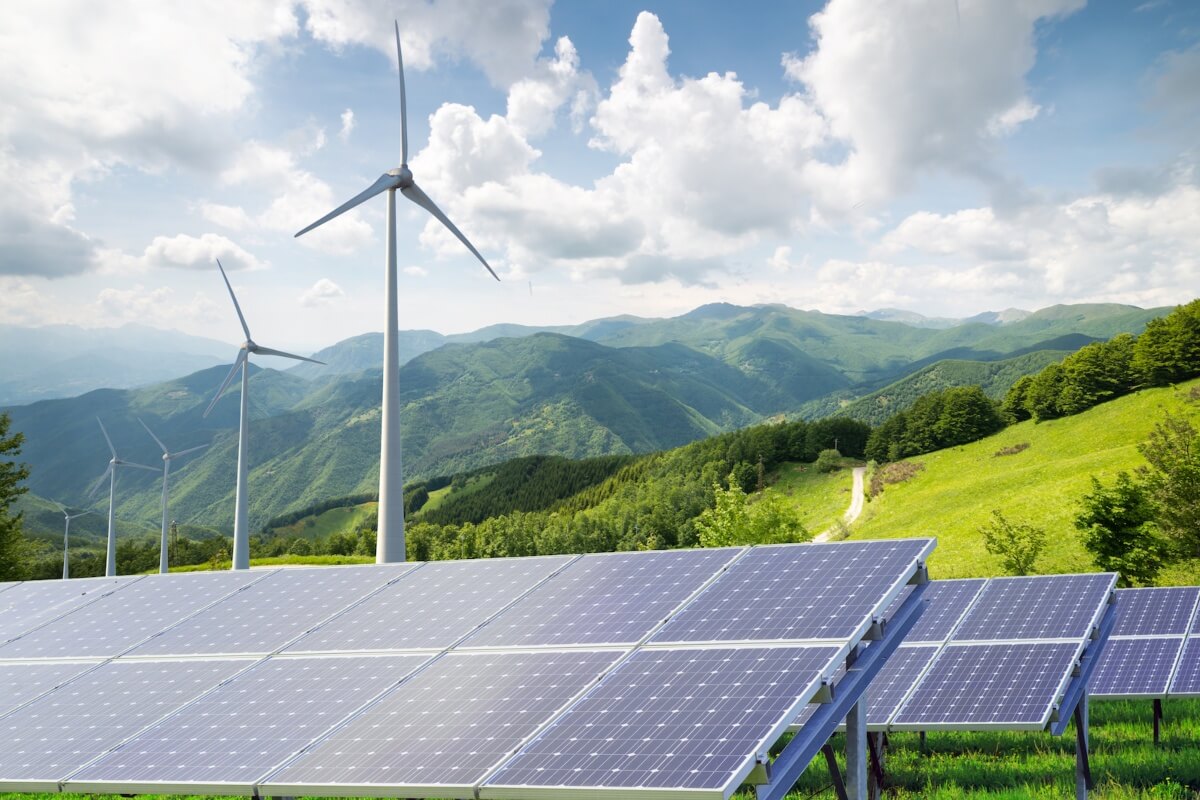In the pursuit of sustainable and renewable energy sources, solar power has emerged as a beacon of hope for our energy-hungry world. The ability to harness the sun’s abundant and clean energy has revolutionized the way we think about power generation. Solar power not only offers a solution to our pressing energy needs but also presents a host of environmental benefits. In this article, we’ll delve into the intricate relationship between solar power and the environment, exploring its positive impacts as well as potential challenges.
One of the most significant benefits of solar power is its potential to reduce greenhouse gas emissions. Unlike fossil fuels such as coal, oil, and natural gas, solar power does not produce carbon dioxide or other harmful pollutants during its operation. By generating electricity from sunlight using photovoltaic (PV) cells, solar power systems contribute significantly to mitigating climate change. The reduction in greenhouse gas emissions helps decrease the overall carbon footprint of our energy sector and moves us closer to achieving international climate goals.
Conventional power generation methods are notorious for emitting pollutants that degrade air quality and contaminate water bodies. Solar power, however, produces electricity silently and without emitting pollutants. This characteristic alone has a profound impact on public health by reducing respiratory illnesses and minimizing the incidence of conditions linked to poor air quality. Moreover, the absence of water usage in solar power generation prevents water scarcity and contamination issues that often plague traditional power plants.
The extraction of fossil fuels is associated with extensive environmental damage, from habitat destruction to oil spills. Solar power reduces the demand for these finite and non-renewable resources, promoting their conservation and safeguarding fragile ecosystems. By opting for solar energy, we alleviate the pressure on landscapes that would otherwise be subjected to mining, drilling, and extraction activities.
While solar power doesn’t involve resource extraction, it does require land for the installation of solar panels. Large-scale solar farms and rooftop installations have the potential to impact local ecosystems and habitats. However, proper site selection and design can minimize these negative effects. In fact, solar installations can sometimes coexist with agricultural activities, creating a dual land-use system that benefits both energy production and food cultivation.
It’s important to consider the energy required to manufacture solar panels and other components. The production of PV cells involves various processes that consume energy and resources. However, studies have shown that the energy payback period – the time it takes for a solar panel to generate as much energy as was used in its manufacturing – is relatively short, typically ranging from 1 to 4 years. As solar technology advances, the energy intensity of manufacturing is expected to decrease further.
Solar power stands as a testament to human innovation and determination to address environmental challenges. Its positive impact on reducing greenhouse gas emissions, mitigating air and water pollution, conserving natural resources, and even creating dual land-use systems highlights its potential to reshape our energy landscape. While challenges such as land use and manufacturing energy intensity must be considered, ongoing technological advancements and conscious planning continue to enhance the benefits of solar power. By integrating solar energy into our lives on a larger scale, we can pave the way for a cleaner, more sustainable future.

